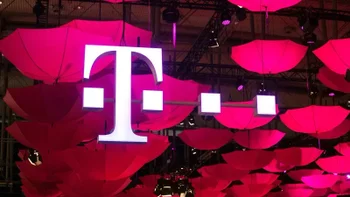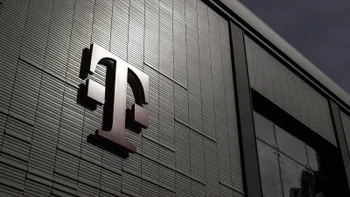Google blows chance for Pixel 9 line to be the first major Android release with this new standard

With wireless charging speeds as fast as 15W, Qi2 (pronounced "chee 2") is faster than the original Qi1 wireless charging platform. While the new standard launched in 2023, as we told you earlier this month, Google decided not to include the magnets that make Qi2 charging easier and more efficient in its recently released Pixel 9 series. Besides improved wireless charging speeds, Qi2 is also more efficient since the new Magnetic Power Profile ensures that the coils are aligned perfectly which allows less power to be lost.
The vast majority of the phones that have magnets to support Qi2 wireless charging at this point are iPhone models. But you would expect that in a year when Google even replaced the optical fingerprint scanner with an ultrasonic fingerprint sensor on the Pixel 9 line, we'd see other upgrades like the use of UFS 4.0 instead of UFS 3.1, and magnetic support for Qi2. If you want magnetic-positioned wireless charging on your Pixel 9 series handset, you probably will be able to find a case that offers a magnet embedded in the back.
Google explained to Android Authority that both the Pixel 9 and Pixel 9 Pro models "work with Qi1 and Qi2" but do not have the magnets for the easier alignment of the coils. Right now, the only Android phone that supports Qi2 is the HMD Skyline, a mid-range model powered by the Snapdragon 7s Gen 2 AP. Google isn't alone among Android phone manufacturers as neither Samsung, Nothing, OnePlus, OPPO, vivo, realme, and others have full Qi2 support.
So the question is whether the Pixel 9 line is Qi2 certified or not. Surely using the words "work with" rather than "support" indicates the lack of official Qi2 certification for the line. So far, Android Authority has received confirmation that the regular Pixel 9 model is not Qi2 certified.
Considering that there is some competition between Samsung, Google, and other Android phone manufacturers, you would think that Google might want to differentiate itself from the Galaxy S24 series. And even with its decision to ape Apple by adding a smaller Pro model this year and renaming its largest-screened Pixel 9 model (not including the Pixel 9 Pro Fold), Google could have continued to follow Apple by adding the magnets to its new phones.
Here's some interesting news. Like the Pixel 9 line, the new Samsung Galaxy Ring supports Qi2 but does not have any magnets. Of course, unlike the Pixel 9 handsets, there might be a good reason for that based on the size of the device.
Considering that everyone but HMD have kept magnets out of their new Android phones, this could have been a great opportunity for Google to raise the bar. Hopefully things change next year.
Follow us on Google News










![A new Android bug is making it impossible to install new apps. Are you affected? [UPDATE]](https://m-cdn.phonearena.com/images/article/176703-wide-two_350/A-new-Android-bug-is-making-it-impossible-to-install-new-apps.-Are-you-affected-UPDATE.webp)

Things that are NOT allowed:
To help keep our community safe and free from spam, we apply temporary limits to newly created accounts: